May 31, 2015
Martha O'Kennon
What a week! Summer seems to be i-cumin in. It's been warm and humid and today was rainy and humid. Fortunately the rain brought some cool air so
I can have the windows open at night.
Remember that there is information in the name of the file for each image. You can see it by mousing over the image - look at the lower left of the screen.
Or you can click on the image to get to the (usually) larger image. Then the info is displayed in the address line above.
First some pretty pictures of what you can see around here. My red rhododendron bloomed quickly but drooped the day after I took this picture when the
heat came. The ajuga is a weed, but a pretty weed. One day I noticed these buds on the wild grape vine, the next they must have been eaten by one of th
local pests, er pets. The other day our AALL class on trees spotted these little purple cones on a conifer.

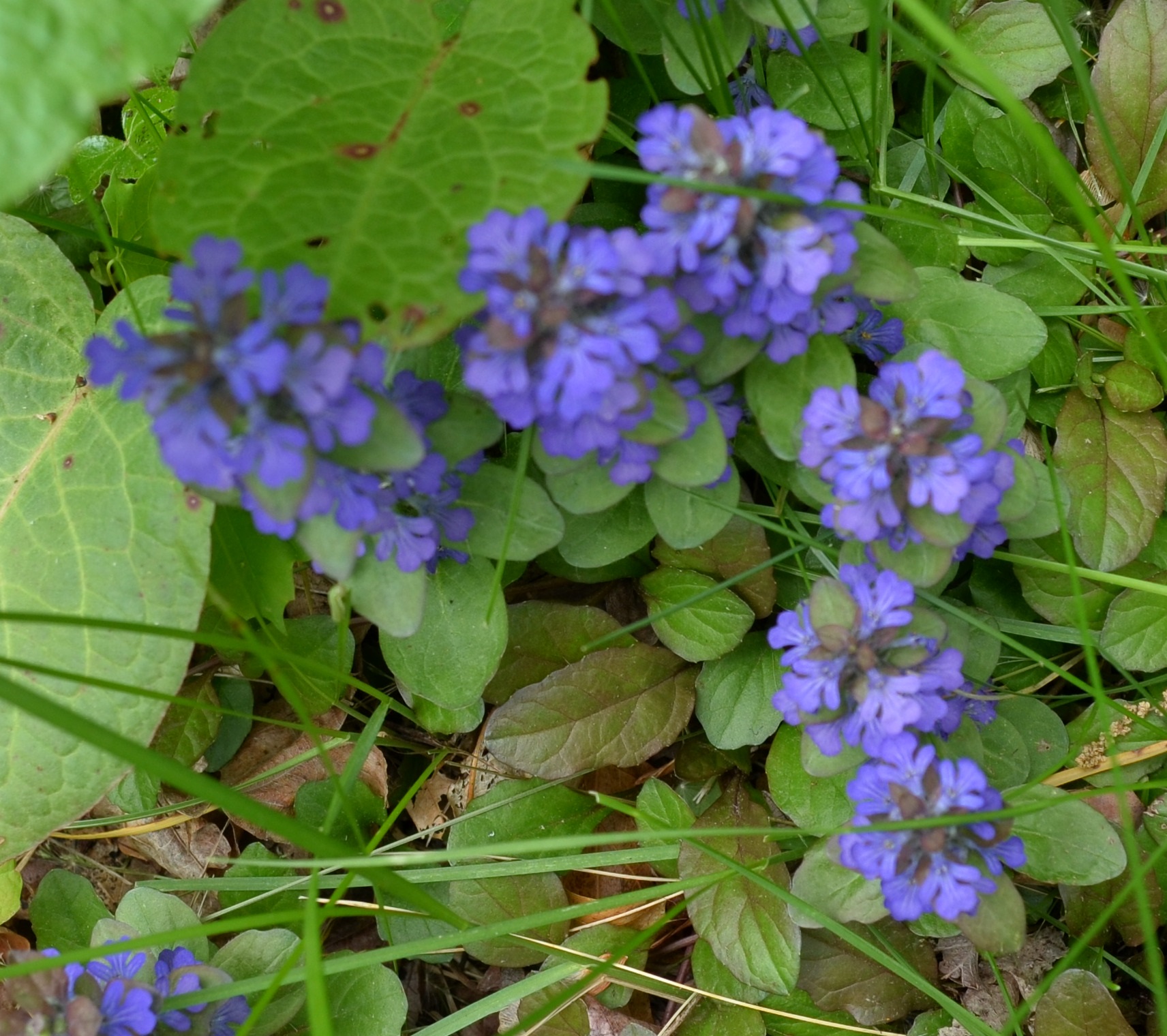

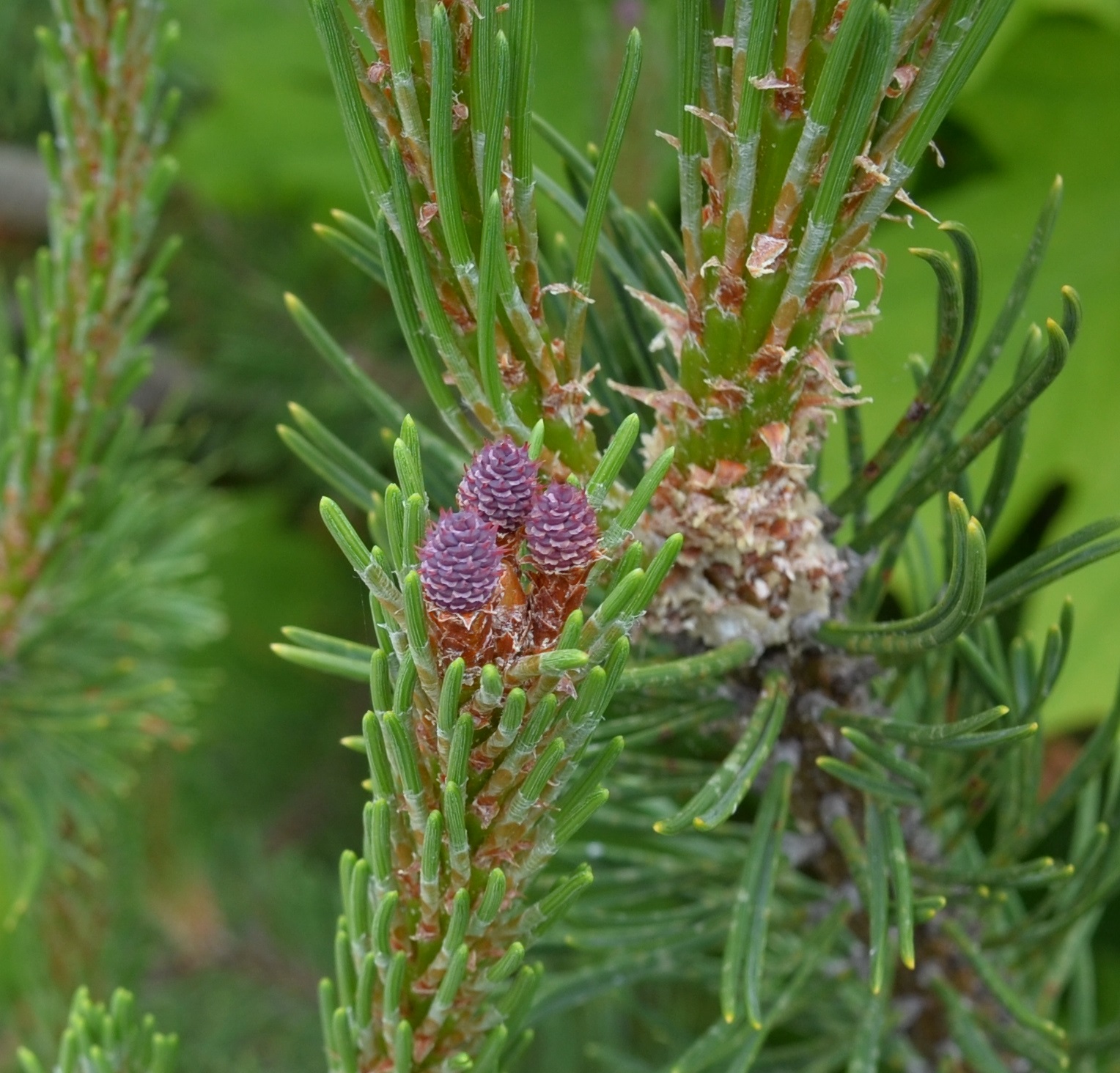
The butterflies and moths are starting to come more frequently. The other day I spotted a tiger swallowtail flitting out of the yard. They tend to fly high and
if they don't see something they really like, they fly right on. Friday at tree class at the Nature
Center, a red-spotted purple teased me down the road, but no luck. One of the students who works at the Center, Maddie, had taken this picture of one and said I
could share it with you. You may ask, "where are the red spots then?" Oops, they're on the underside. Believe me? Then yesterday a silver-spotted skipper graced the raspberry patch with its presence.. Technically a skipper is off on
another branch of the butterfly tree, but I still called the picture "butterfly skipper..."
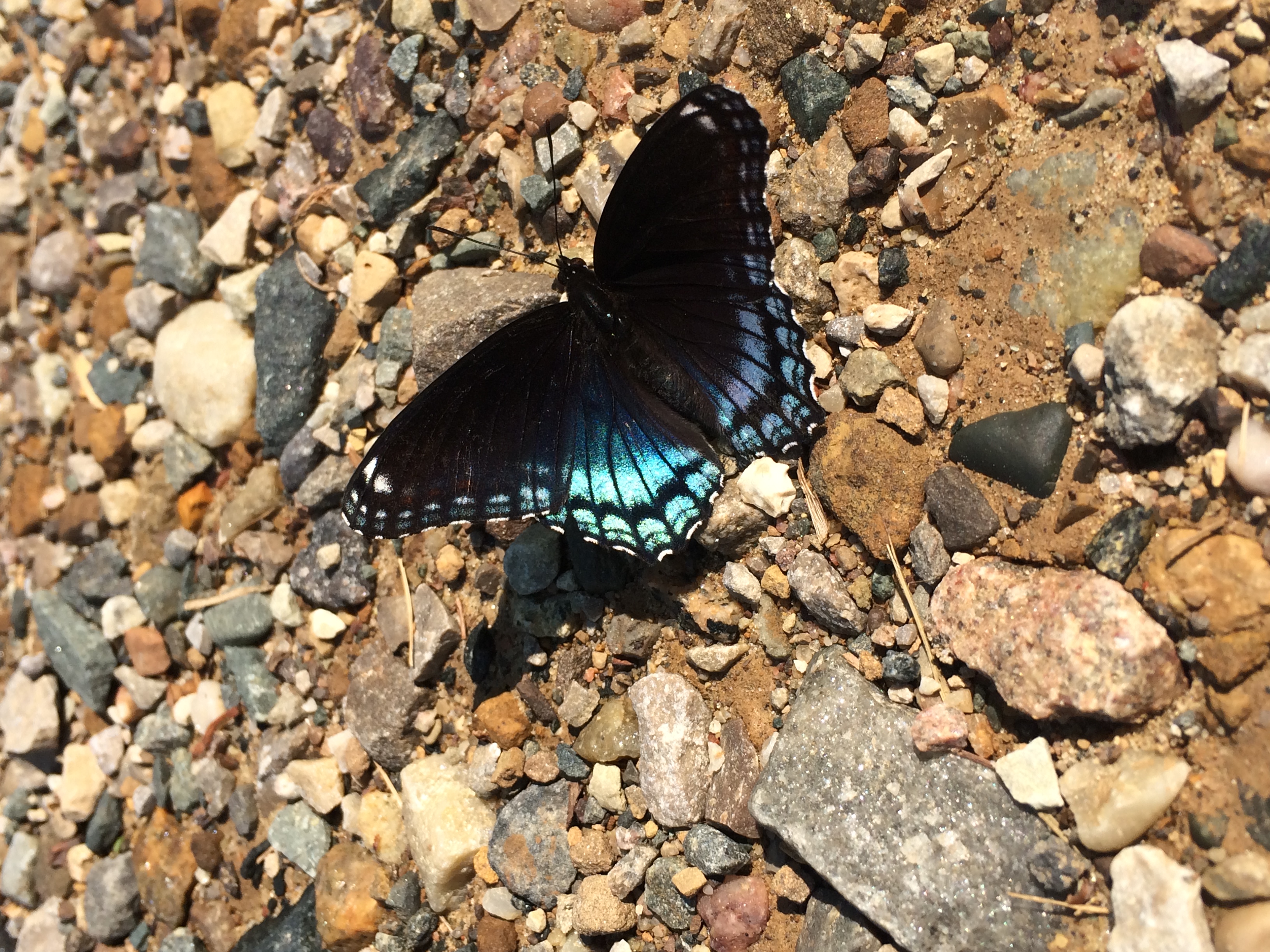
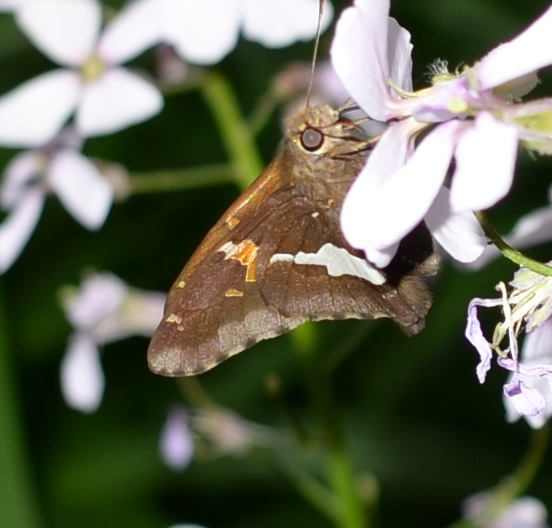
Here are four little unidentified moths.
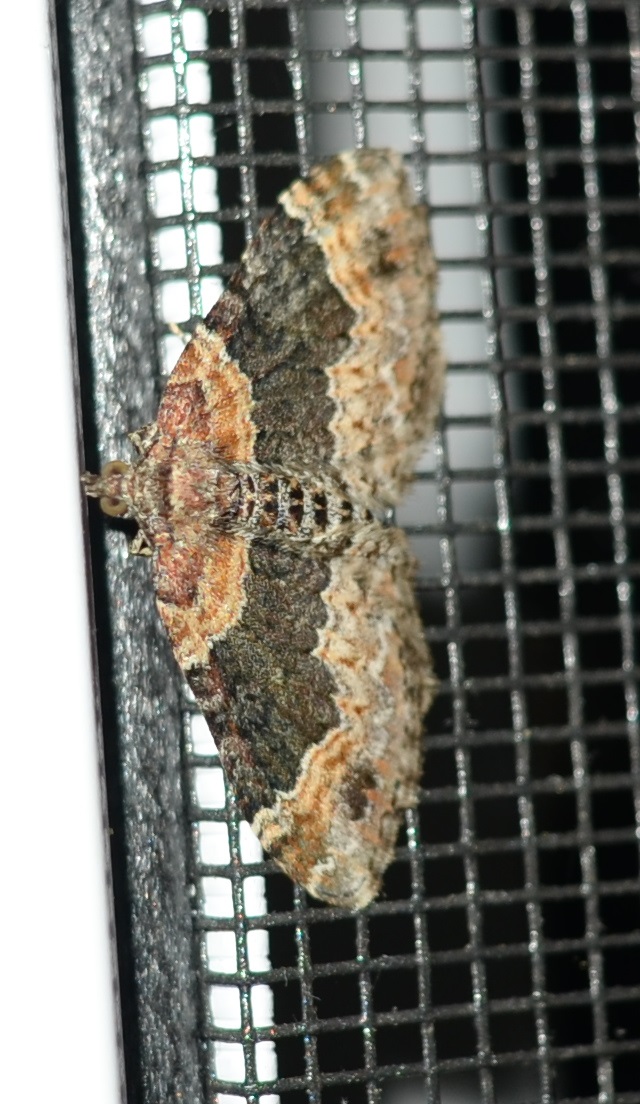
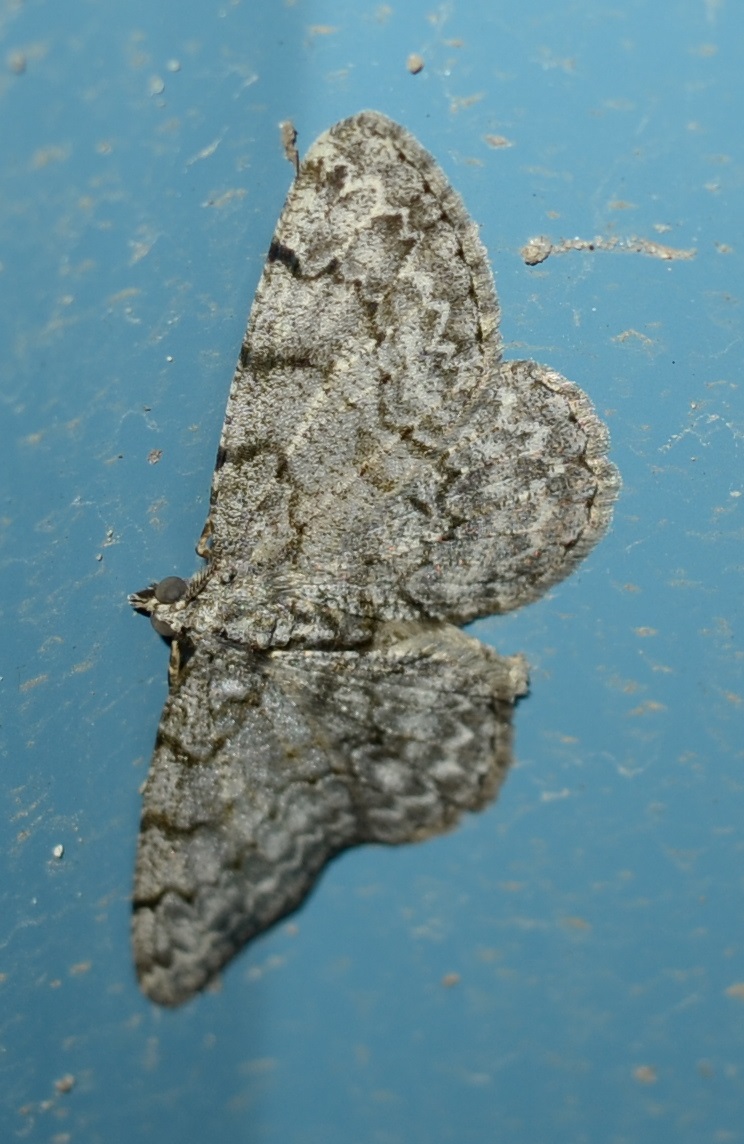

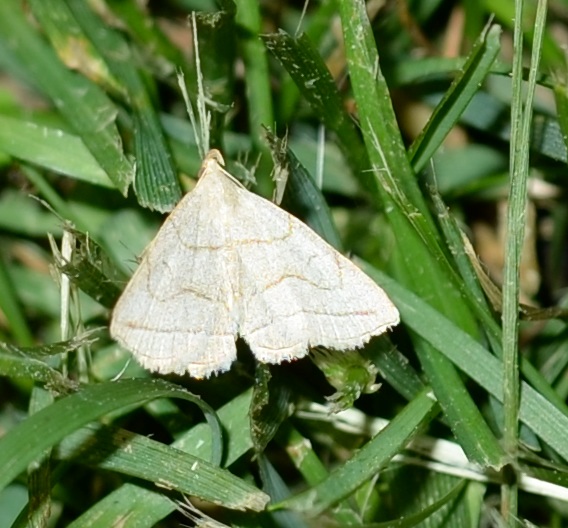
We also had a few caterpillars, but don't know who they grow up to be, whether butterfly, moth, or skipper. If you look through the caterpillar guide, you may sometimes think the caterpillars are more interesting than the adults. Picture 2 is of the caterpillar of the former Gypsy Moth, and picture 3 shows a Looper, the larva of a Geometrid Moth. There sure do seem to be a lot of bland butterflies and moths.That's not to detract from the really gorgeous butterflies and moths out there.
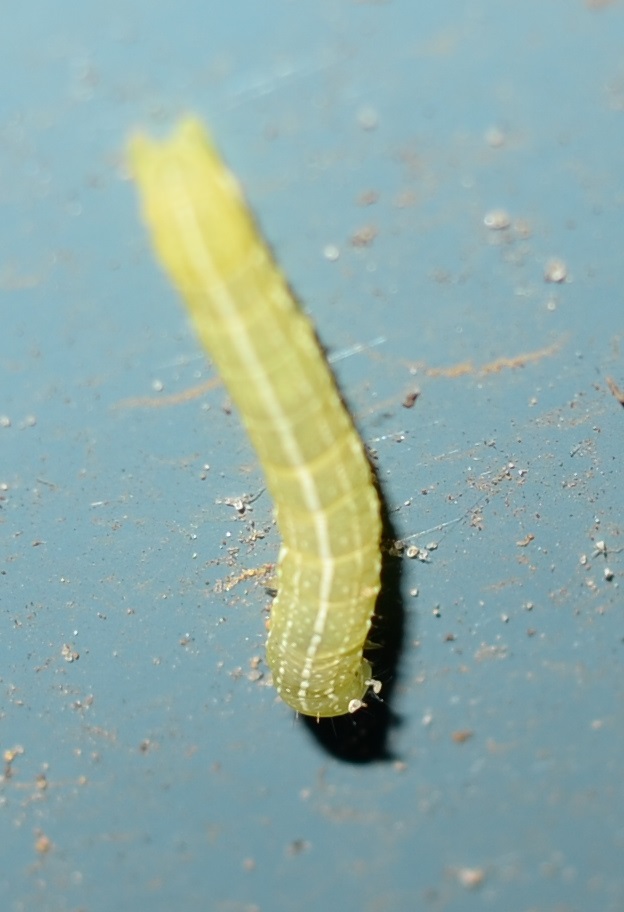
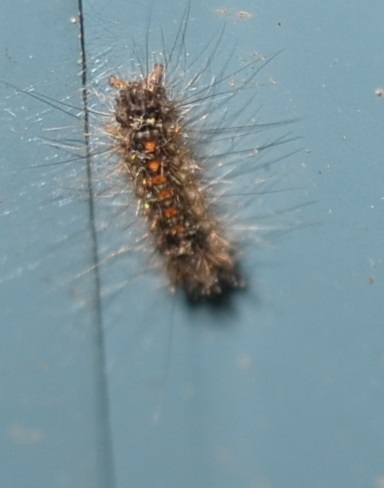
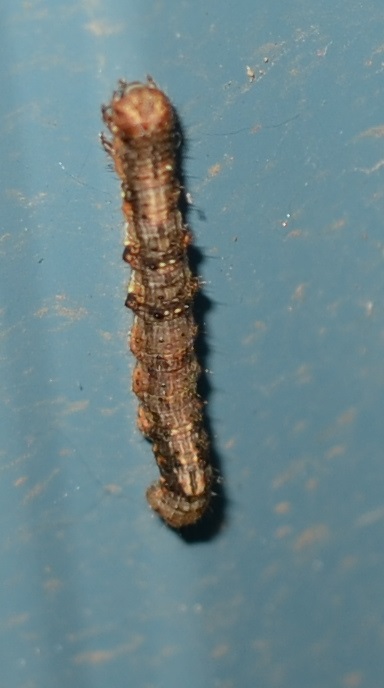
Yesterday must have been sending out pheromones for dragonflies and damselflies. There was one dragonfly who didn't stick around for his photo
shoot. But the little blue damselfly (probably an American bluet)was a willing subject. And the female dark damselfly
(probably an ebony jewelwing) finally let me get close enough. But the male, who is the one
with the beautiful green/blue iridescence, would have no part of such vanity.

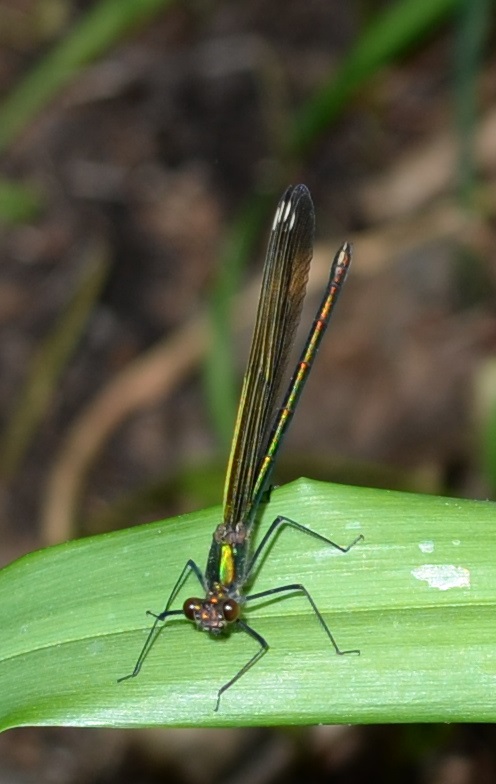
Let's check in with the bugs. We caught up with this brown-grey assassin bug nymph. They seem to have grown quite a bit - from almost a centimeter to almost
two cm. Note how long and strong the arms are getting, and the substantial wing buds. This little striped leafhopper is only about 2 mm long -
it's called the
4-spot leafhopper. At
first I thought it had 6 spots, but the outside ones seem to be the eyes. Duh. The next is only
about 5 mm. Now: do you remember the little red and black things I thought were aphids but turned out to be plant bugs or mirids? Here is the old
picture.
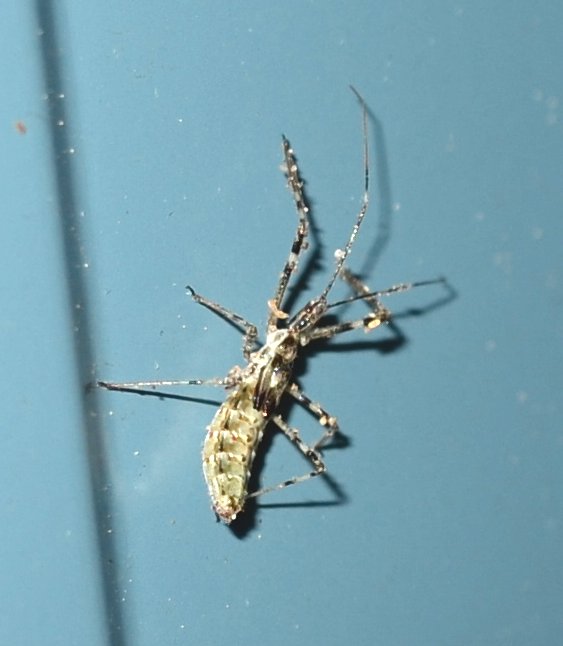

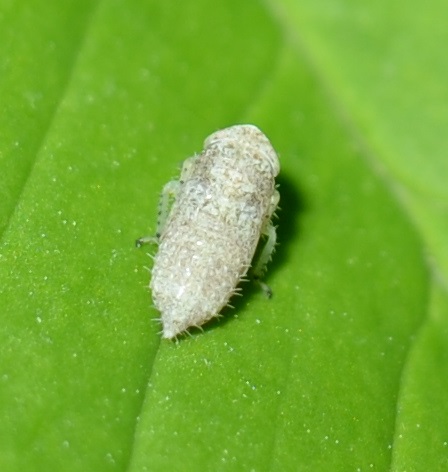
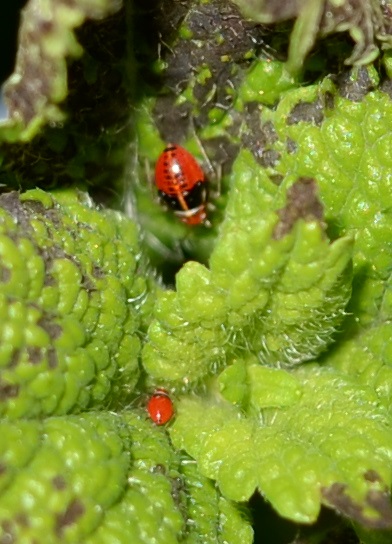

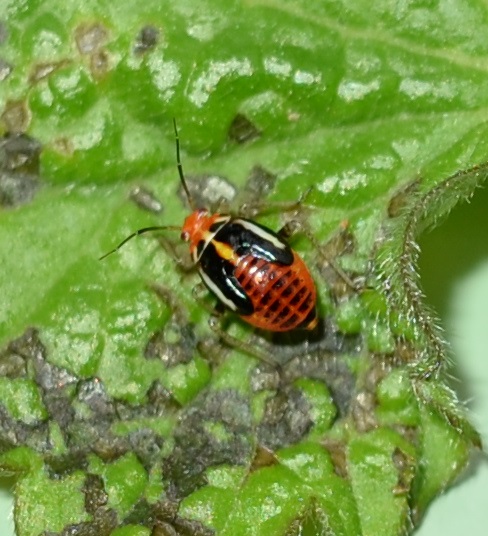
A couple more tiny mystery bugs.
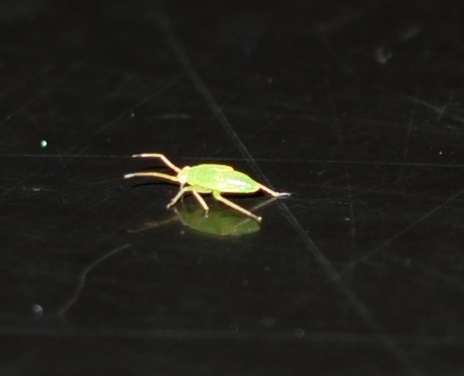

Beetle time. First those 3-lined potato beetles found love in the chinese lanterns again. I keep moving them to something they might find equally delectable,
but they seem to have a fixed palate right now. A black beetle with gold spots, name unknown. Then some real winners: one I think should have been
named the "banana weevil". Doesn't his snout look like a banana stem? This pale green weevil wandered into the Nature Center and perched on a note page.
And last, the amazing scarlet Malachite Beetle sitting on a raspberry blossom.
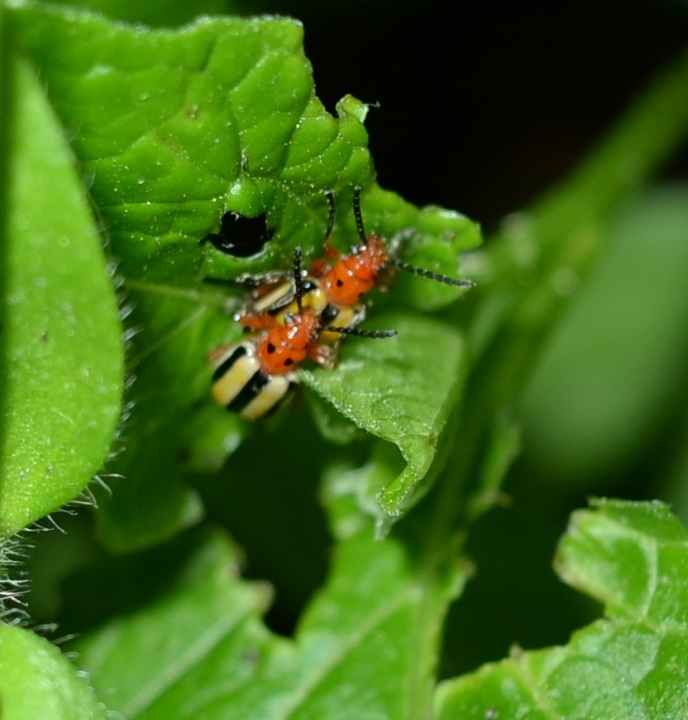
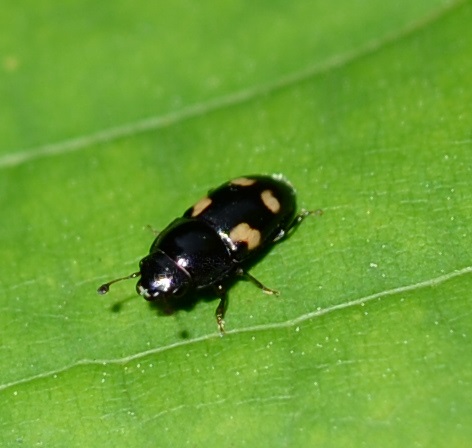
 -- Lixinae -- Lixini -- Lixus 5 30 15.jpg)
 nature center 5 29 15 2.jpg)
 on raspberry blossom 5 25 15.jpg)
A few flies. The first one looked something like a snipe, but isn't. We saw it at the Nature Center. Then comes a crane fly also from the Nature Center.
The crane flies have been dipping their tails into the pond lately laying eggs. The next is a lovely creature called the Picture Wing
Fly.
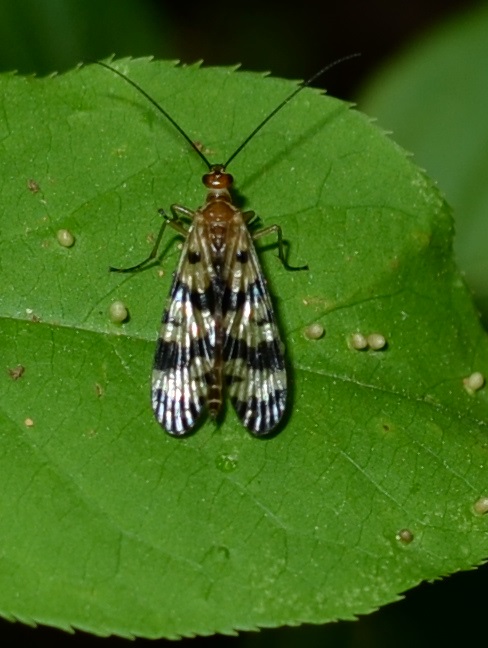
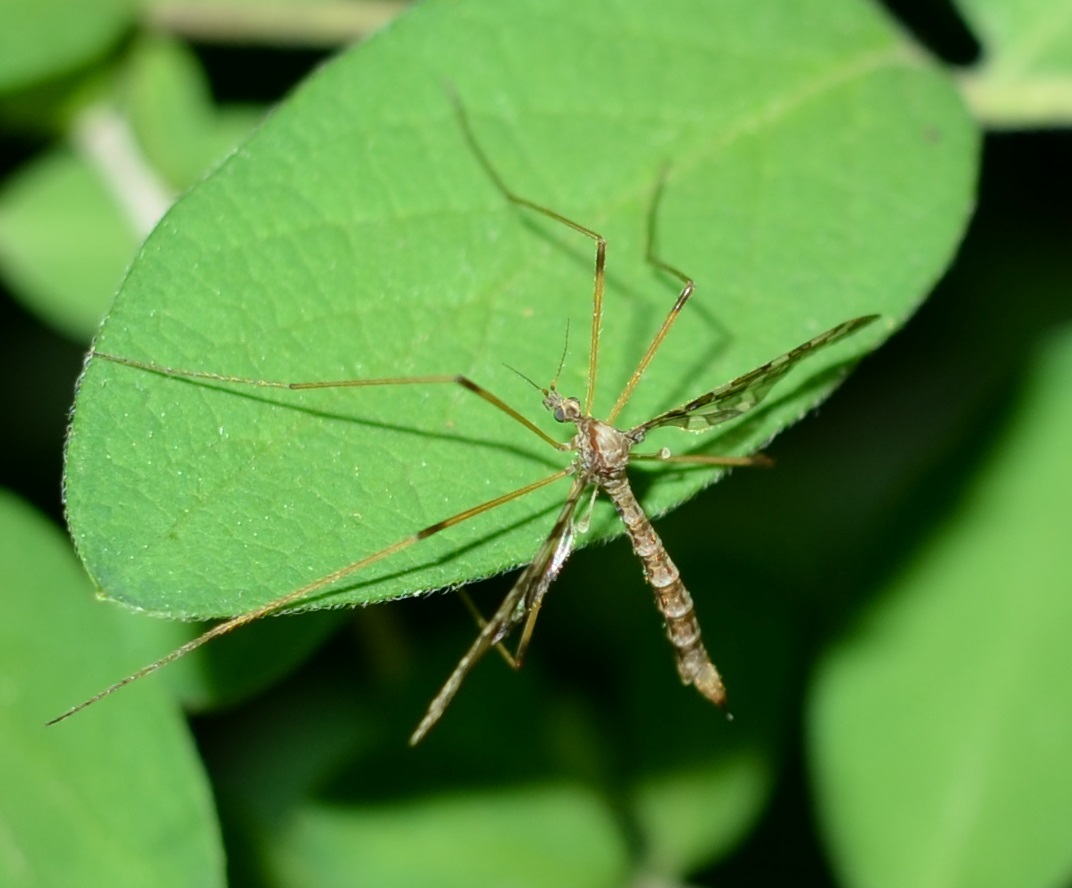
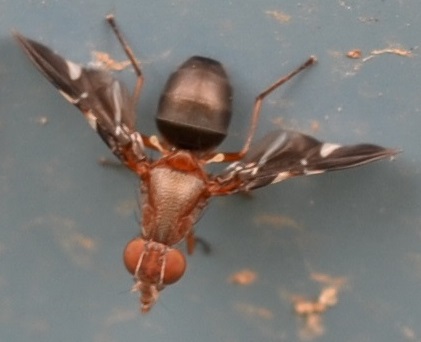
Here is a jumble of critters. One of you asked me if our snails were all like that little flat one we saw a while back. I told her that no,
unfortunately we also have those European escargots - huge and voracious. I have to grow any coneflowers or such flowers in pots on the deck because
they will eat them to the ground and maybe below too. The little grasshopper or locust was about 3-4 mm long. It was in the wildflower patch next to
the Science Center at the College. And this little bee looks like a bumblebee but much smaller (about 15 mm). It buzzes loudly around you just to make
sure you don't bother it. Finally, a glimpse at the water strider nursery in the pond. Zoom in to see the dots turn into tiny water striders.
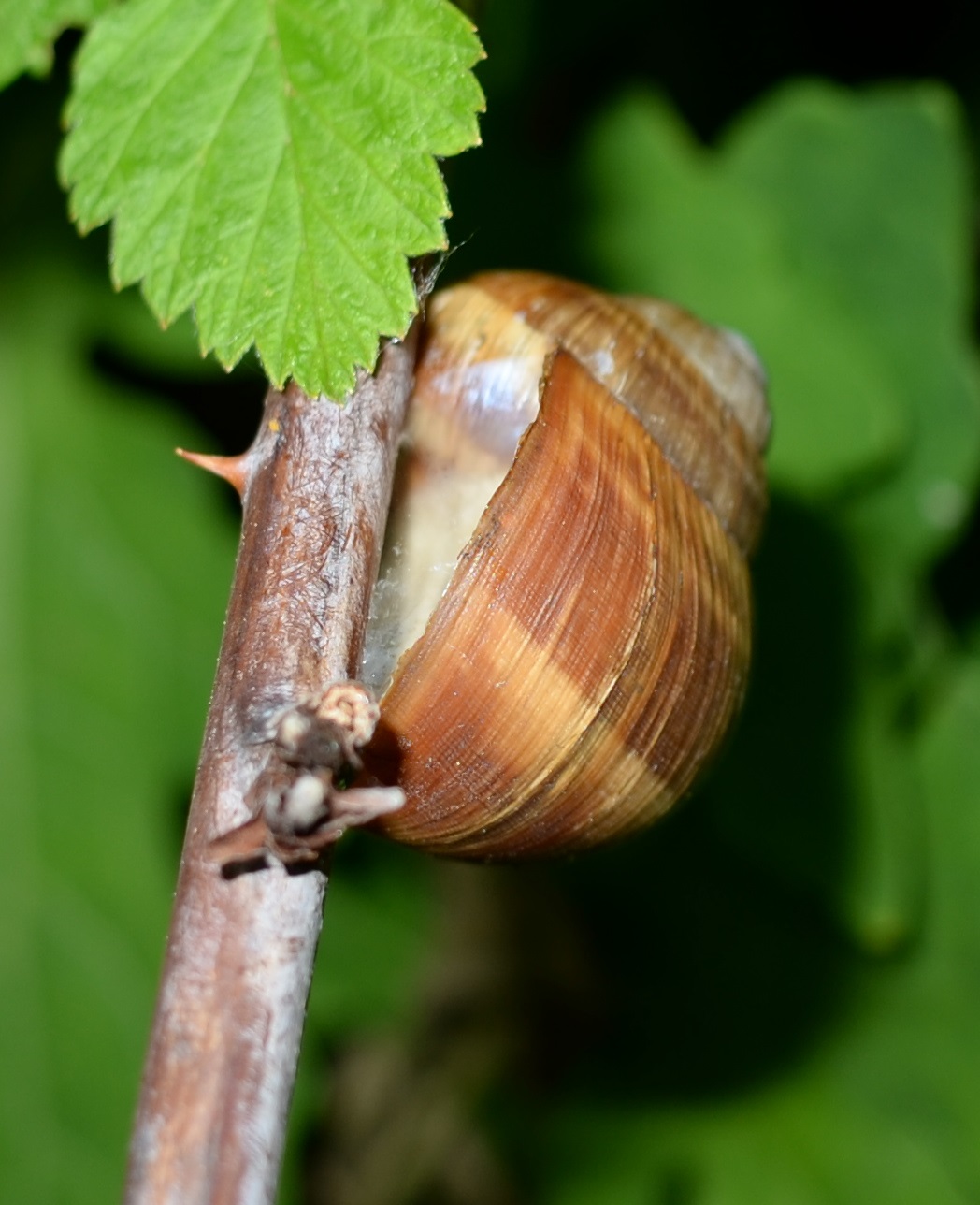

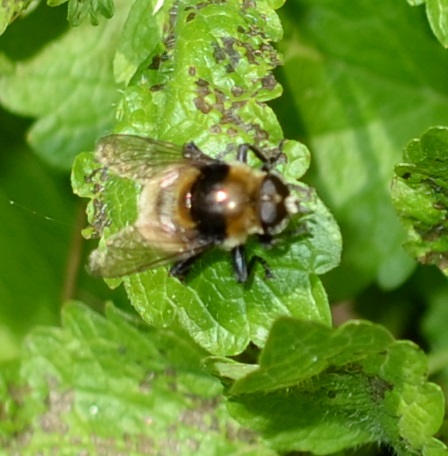

We saw three kinds of wasps this week. Oh all right, I saw several kinds. One was a long wasp with a long waist - and it was not going to get within
a decent distance. It just danced around - but it is not in this lineup. The ones here you have seen before - the European paper wasp, the northern paper
wasp, which you saw a couple of weeks ago scraping pulp for its paper - this one came into the classroom on a bunch of tree branches the teacher
was showing us, and a somewhat smaller bee that I mistook for a wasp until the crew at Bugguide straightened me out. This is one of the nomad bees.
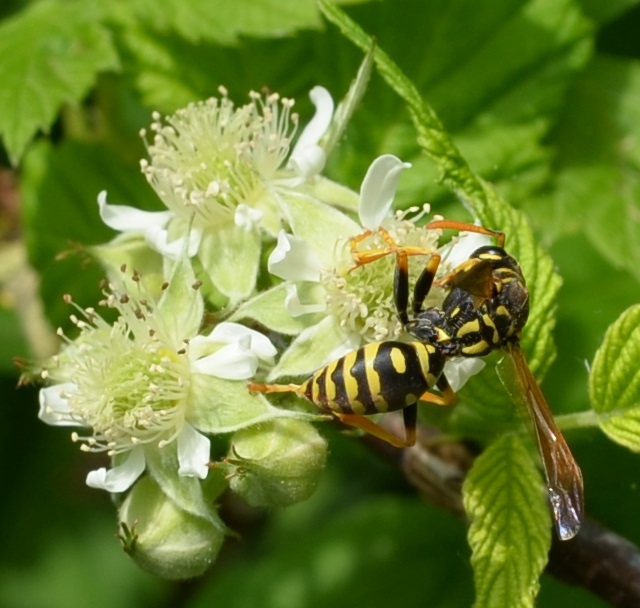
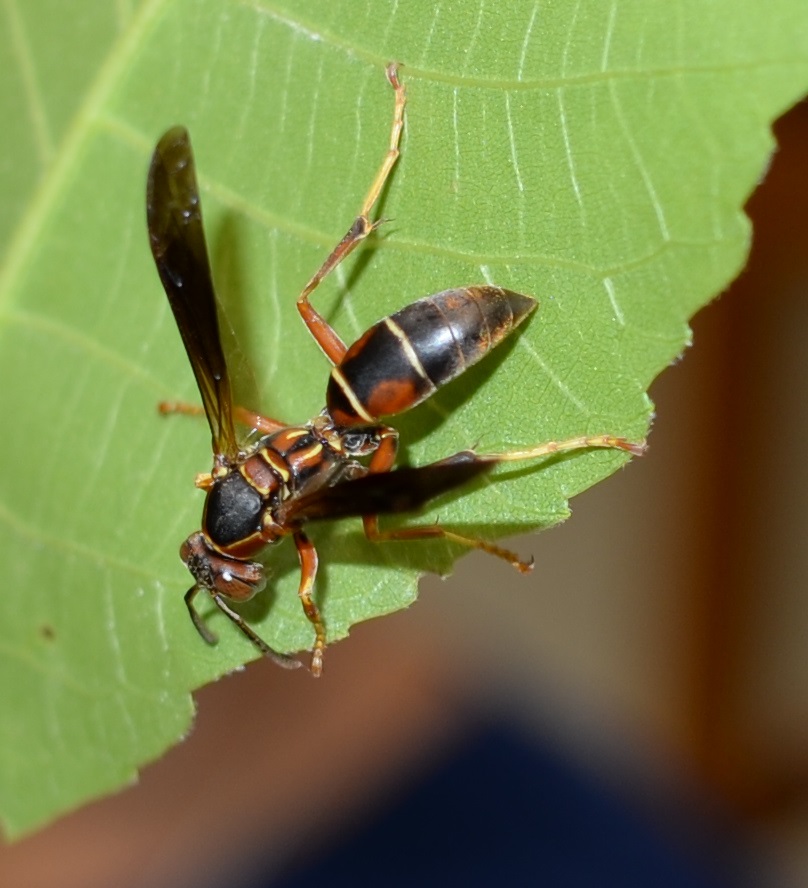

And here they are - the spiders! They came, they saw, they ate. Finally we saw a couple of orb weavers. The others either made a sheet web,
a jumble of silk ready to catch anything that flies into it or just roam about and grab unsuspecting critters, sometimes other spiders.
I think my favorites are the crab spiders. (They are the solitary roamers, rather the waiters for passerbys.) They hold their two front legs together and really do look like a crab with crab legs. Here are three:
the first is a black Bark Crab Spider, a new sighting for me. Then there is a northern crab spider, seen at the Nature Center. And last another northern
crab with a slight color change. They really do change color subtly to try to match their surroundings. Do they think about it? Wonder. I also
wonder if the middle one changed its body color to match the pink gall growth on the leaf?
 -- Bassaniana versicolor 5 28 15.jpg)
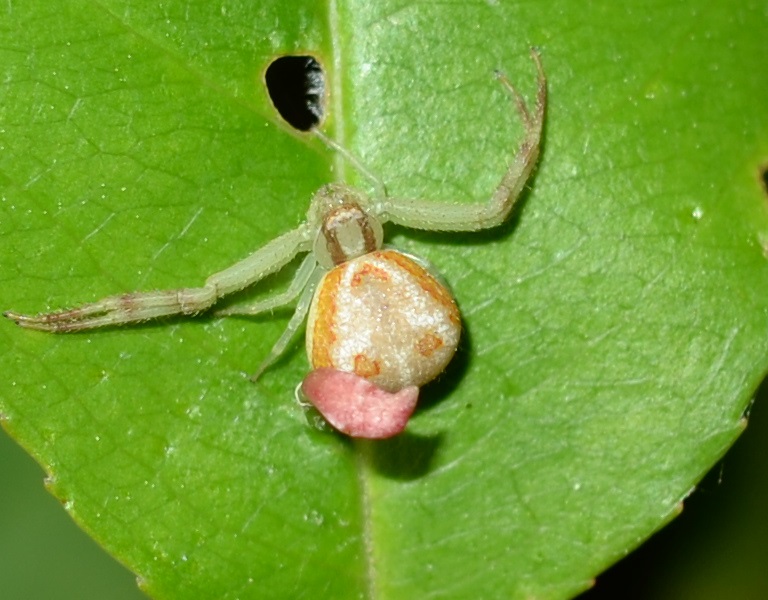
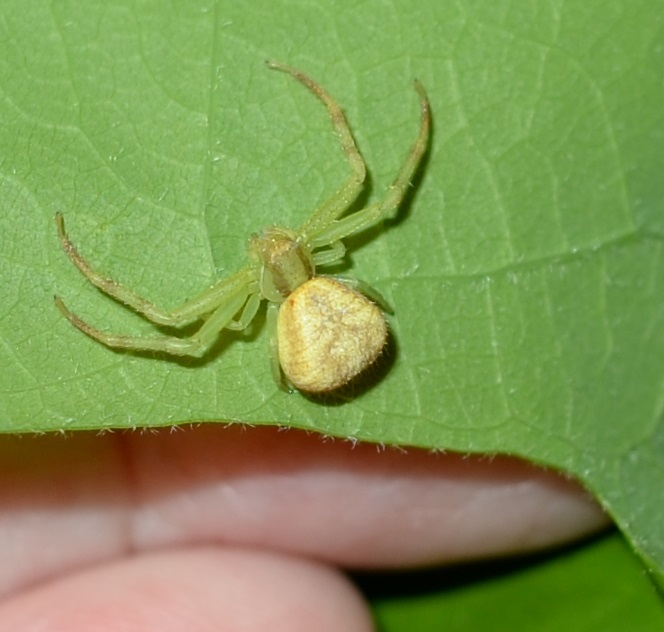
Here are a couple of mystery spiders. They are very small, about 2 mm. And then three mystery orb weavers, also very small. The orb web helps to
see them. Note from hindsight (August 26): Now we know that the first is a bowl and doily spider, the second is an orb weaver - later it will develop a cross-like design on its back. It will turn out to be Araneus diadematus. I still don't know what the first one on the next row is, but now I do know about the last two. You will see them in later blogs, probably more than once.
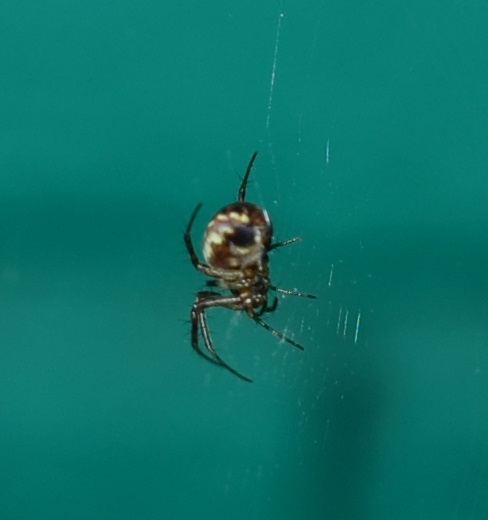
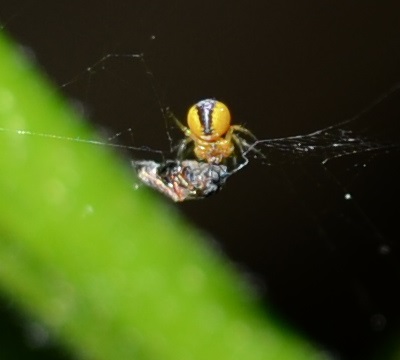

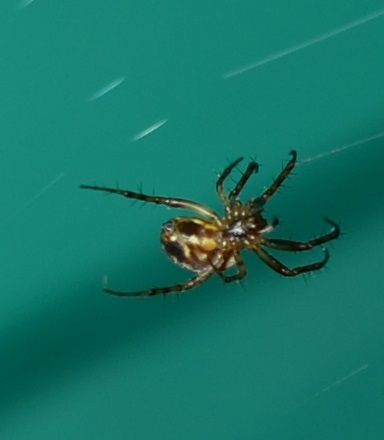
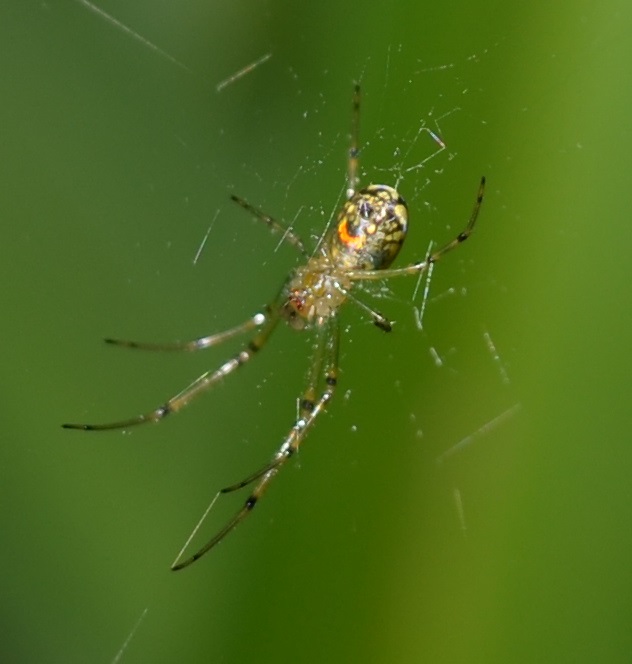
More next week! I hope you had a good time here and didn't get bitten except for love of the little.
Back to May 24
On to June 7
Back to 2015 menu
Back to main menu



























 -- Lixinae -- Lixini -- Lixus 5 30 15.jpg)
 nature center 5 29 15 2.jpg)
 on raspberry blossom 5 25 15.jpg)










 -- Bassaniana versicolor 5 28 15.jpg)






